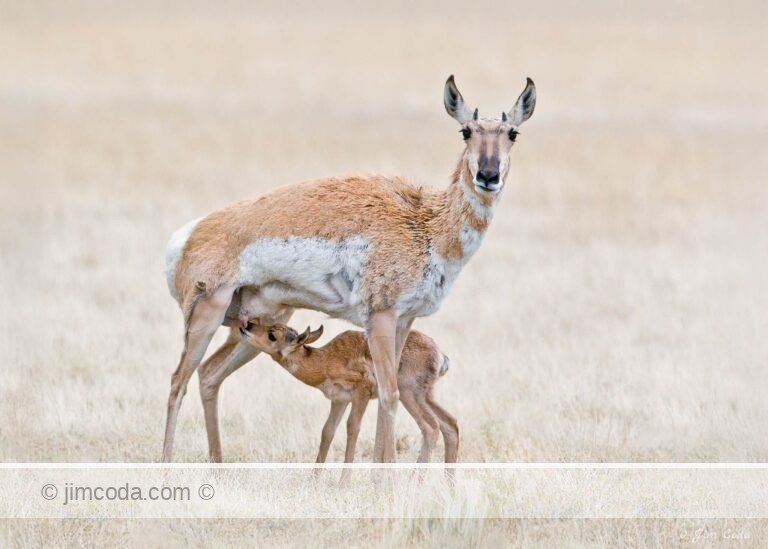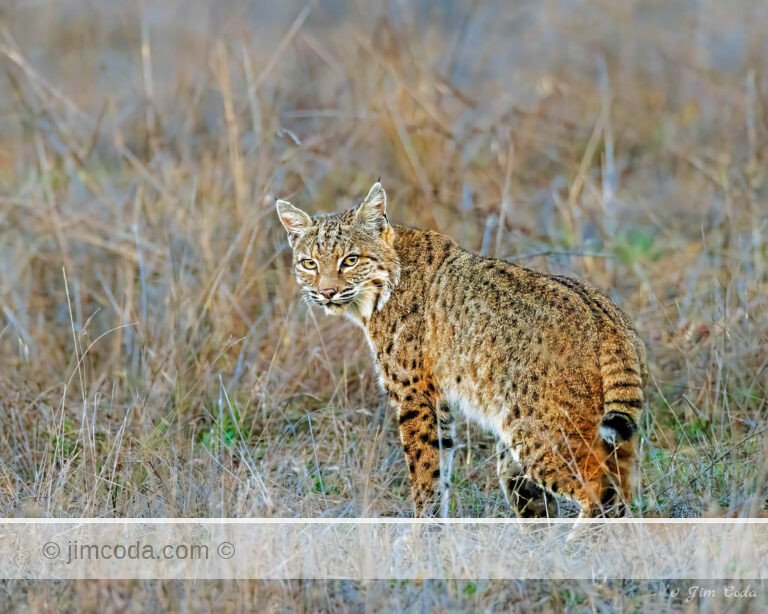Category: Uncategorized
Here’s a male bobcat stalking a gopher in Point Reyes National Seashore at sunset.
I photographed this cheetah cub playing with its mom last month while spending four great days at Gamewatchers’...
I saw this coyote at Point Reyes yesterday. He or she has a nice new winter coat. I also saw and photographed...
Where Is This, Exactly?
A little different than my usual post. Where is this, exactly?
New 48″ High Fence
New Fencing Along the Newly Reconstructed Section of Sir Francis Drake Boulevard...
A Night View of Angel Island, Alcatraz Island and San Francisco.
This photo was taken from Tiburon with...
Lionesses on the Hunt
On my safari in Tanzania last fall this lioness is the only animal I saw that was...
No articles found
Prints for sale
Browse my selection of photos for sale as fine art prints
Filter by category
Sorry, no prints in this category









